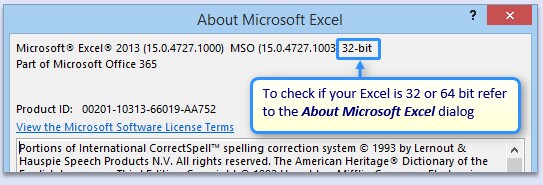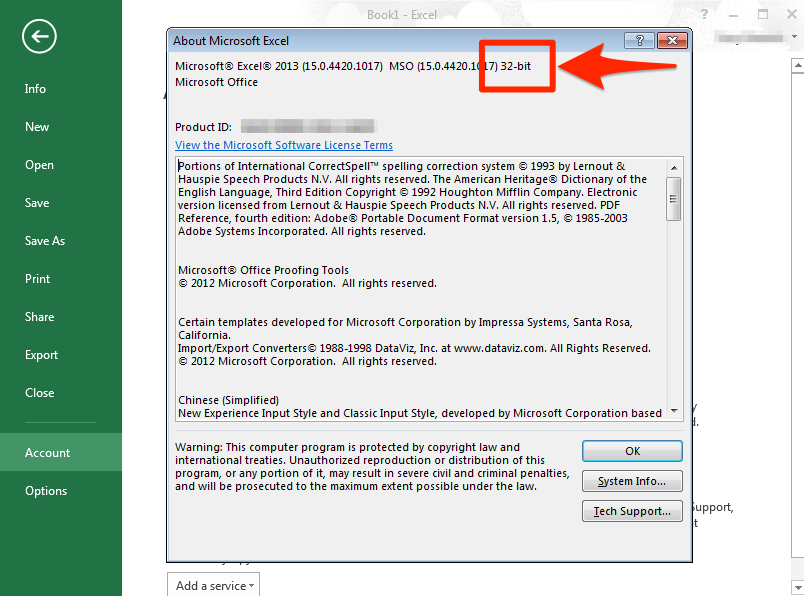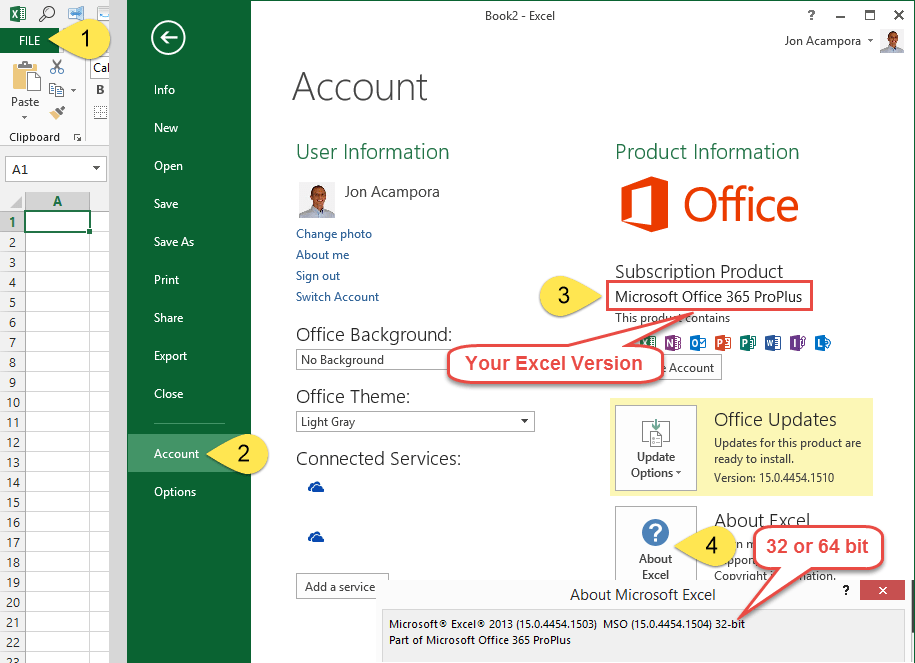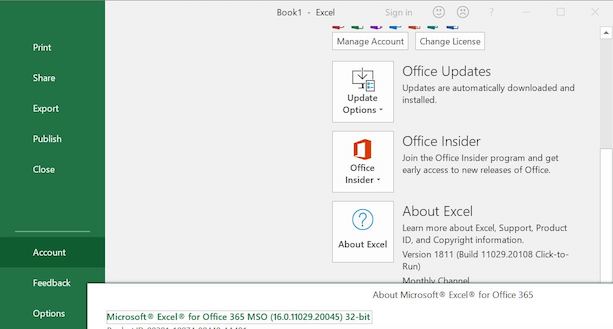Originally, Excel was only available as a 32-bit EXE. In recent years, Microsoft gives the user the ability to install either 32-bit or 64-bit Excel on a Windows computer. The default install is now 64-bit. A user can uninstall and reinstall as needed. As far as I know it is not possible to have all your other Office 2010 installed as a 64 bit installation & Excel installed as a 32 bit installation. It's either all 64 bit or all 32 bit. There should be no problem running your existing versions of Word, Outlook etc. In the 32 bit version of Office. PopTools is an add-in for 32 bit PC versions of Microsoft Excel (version 97 and up) that helps with the analysis of. For 32 bit PC versions of Microsoft Excel.
Never was a term “final release” more misleading than when applied to software. Microsoft Office 2013 is no exception, and updates are constantly being released through Windows Update for those who opt to receive them.




Every so often, these updates get rolled up with others into an all-encompassing package released as a Service Pack. Service Packs often include new updates too, and SP1 for Office 2013 throws in some performance, stability and security fixes of its own on top of all updates released prior to February 26th 2014.
A full list of SP1-specific changes and fixes can be found at the Microsoft Knowledge Base.
If you keep Office 2013 updated through Windows Update, you can update to SP1 through that – open Windows Update to select the update manually. Note it’ll be a smaller download due to the fact previous updates have already been applied to your system.
Excel 32 Bit Row Limit
This standalone installer is recommended for those who don’t keep Office 2013 updated through Windows Update, or for those who intend reinstalling Windows. This is the 32-bit version, for 32-bit versions of Microsoft Office. A separate 64-bit build is available for those running the 64-bit version of Microsoft Office.
Excel 32 Bit Vs 64 Bit
Verdict:
Excel 32 Bit Download

Excel 32-bit Memory Limit
An essential update if you’re a Microsoft Office 2013 user.
